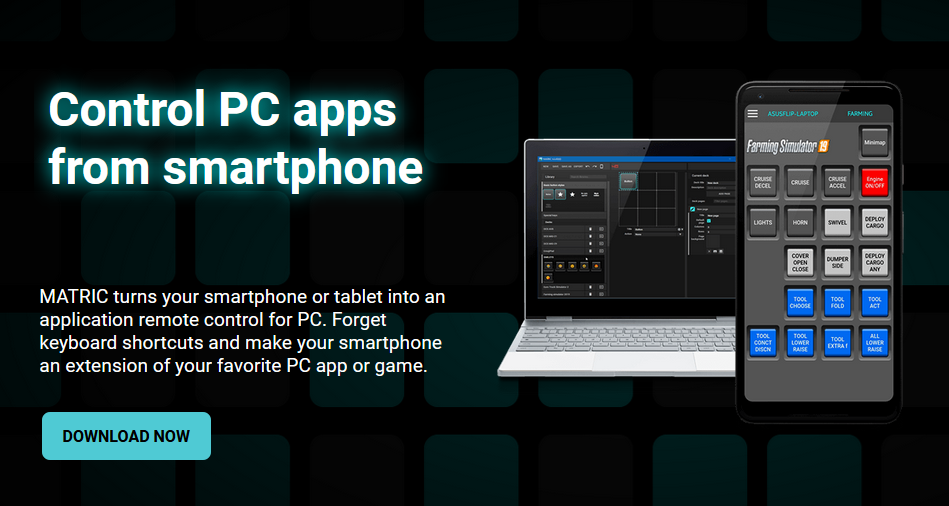Forget glue, screws, heat or other traditional bonding methods. A Cornell University-led collaboration has developed a 3-D printing technique that creates cellular metallic materials by smashing together powder particles at supersonic speed.
This form of technology, known as “cold spray,” results in mechanically robust, porous structures that are 40% stronger than similar materials made with conventional manufacturing processes. The structures’ small size and porosity make them particularly well-suited for building biomedical components, like replacement joints.
The team’s paper, “Solid-State Additive Manufacturing of Porous Ti-6Al-4V by Supersonic Impact,” published Nov. 9 in Applied Materials Today.
The paper’s lead author is Atieh Moridi, assistant professor in the Sibley School of Mechanical and Aerospace Engineering.
“We focused on making cellular structures, which have lots of applications in thermal management, energy absorption and biomedicine,” Moridi said. “Instead of using only heat as the input or the driving force for bonding, we are now using plastic deformation to bond these powder particles together.”
[…]
The particles were between 45 and 106 microns in diameter (a micron is one-millionth of a meter) and traveled at roughly 600 meters per second, faster than the speed of sound. To put that into perspective, another mainstream additive process, direct energy deposition, delivers powders through a nozzle at a velocity on the order of 10 meters per second, making Moridi’s method sixty times faster.
[…]
“If we make implants with these kind of porous structures, and we insert them in the body, the bone can grow inside these pores and make a biological fixation,” Moridi said. “This helps reduce the likelihood of the implant loosening. And this is a big deal. There are lots of revision surgeries that patients have to go through to remove the implant just because it’s loose and it causes a lot of pain.”
While the process is technically termed cold spray, it did involve some heat treatment. Once the particles collided and bonded together, the researchers heated the metal so the components would diffuse into each other and settle like a homogeneous material.
“We only focused on titanium alloys and biomedical applications, but the applicability of this process could be beyond that,” Moridi said. “Essentially, any metallic material that can endure plastic deformation could benefit from this process. And it opens up a lot of opportunities for larger-scale industrial applications, like construction, transportation and energy.”









